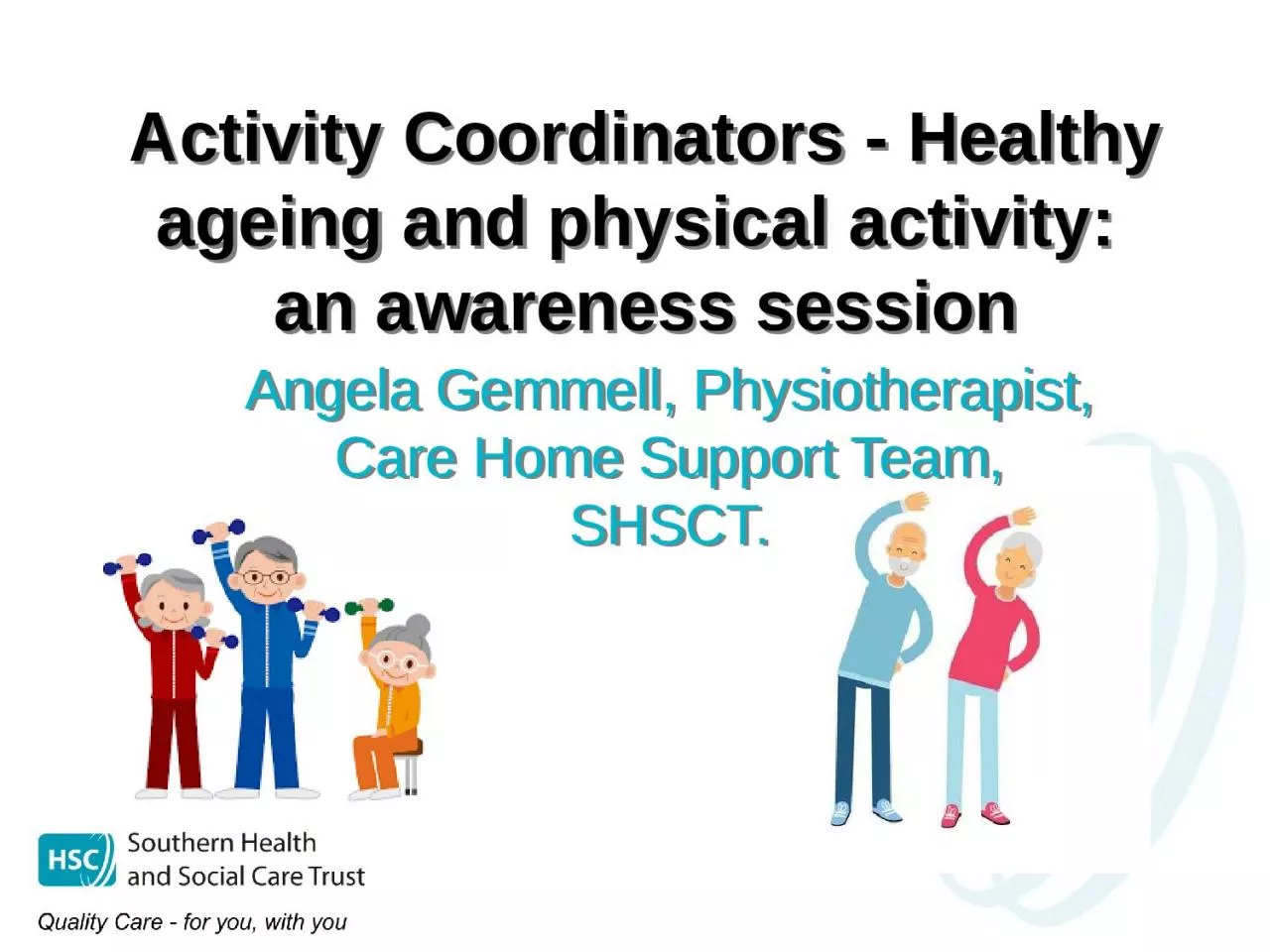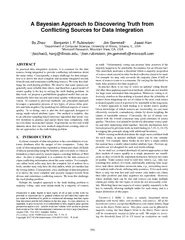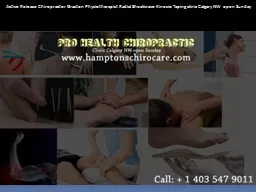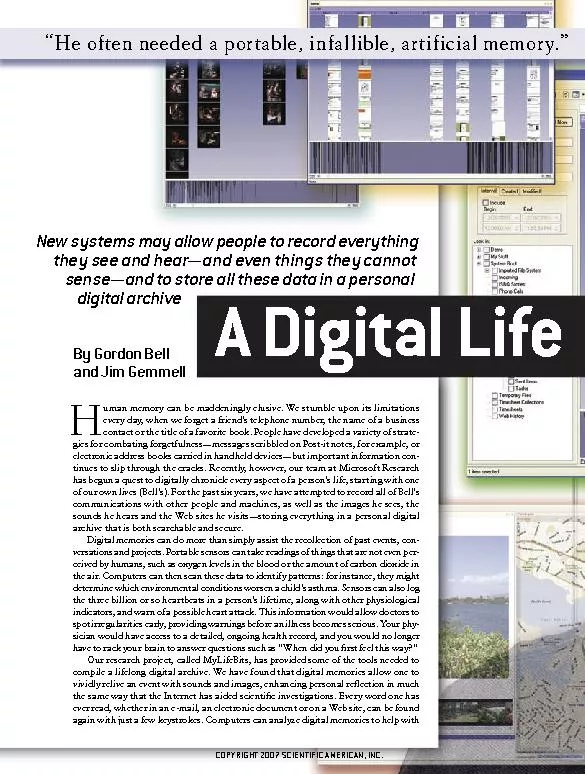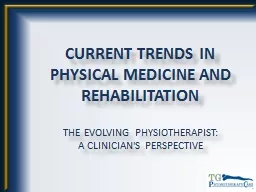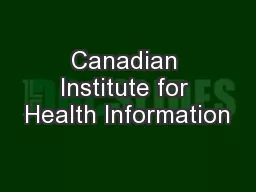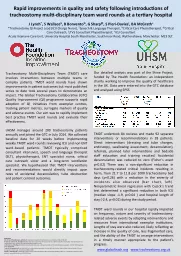PPT-Angela Gemmell, Physiotherapist, Care Home Support Team, SHSCT.
Author : CountryGirl | Published Date : 2022-08-04
Activity Coordinators Healthy ageing and physical activity an awareness session The seed needs watering The Importance of A ctivity Coordinators Activity Coordinators
Presentation Embed Code
Download Presentation
Download Presentation The PPT/PDF document "Angela Gemmell, Physiotherapist, Care Ho..." is the property of its rightful owner. Permission is granted to download and print the materials on this website for personal, non-commercial use only, and to display it on your personal computer provided you do not modify the materials and that you retain all copyright notices contained in the materials. By downloading content from our website, you accept the terms of this agreement.
Angela Gemmell, Physiotherapist, Care Home Support Team, SHSCT.: Transcript
Download Rules Of Document
"Angela Gemmell, Physiotherapist, Care Home Support Team, SHSCT."The content belongs to its owner. You may download and print it for personal use, without modification, and keep all copyright notices. By downloading, you agree to these terms.
Related Documents

